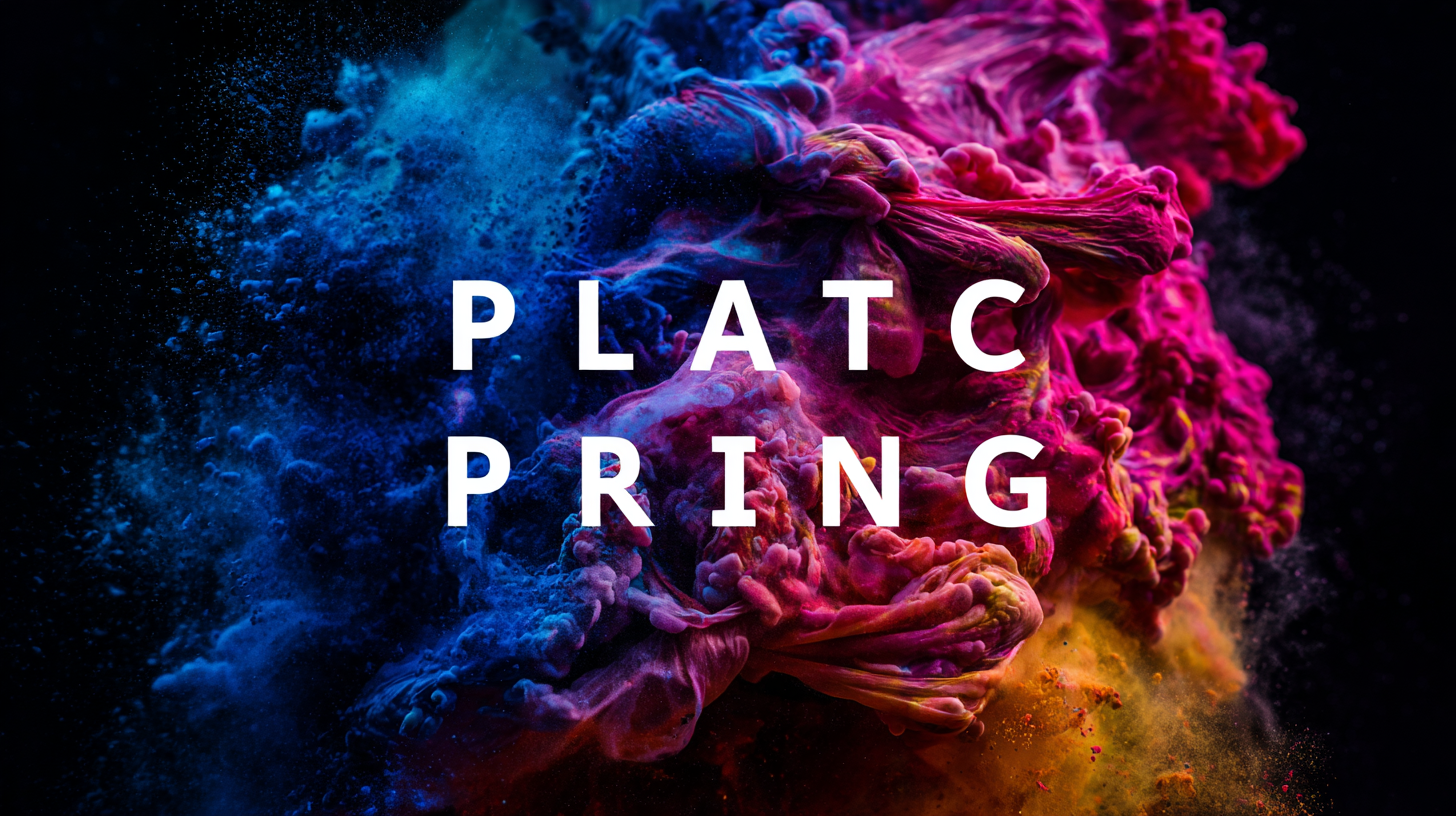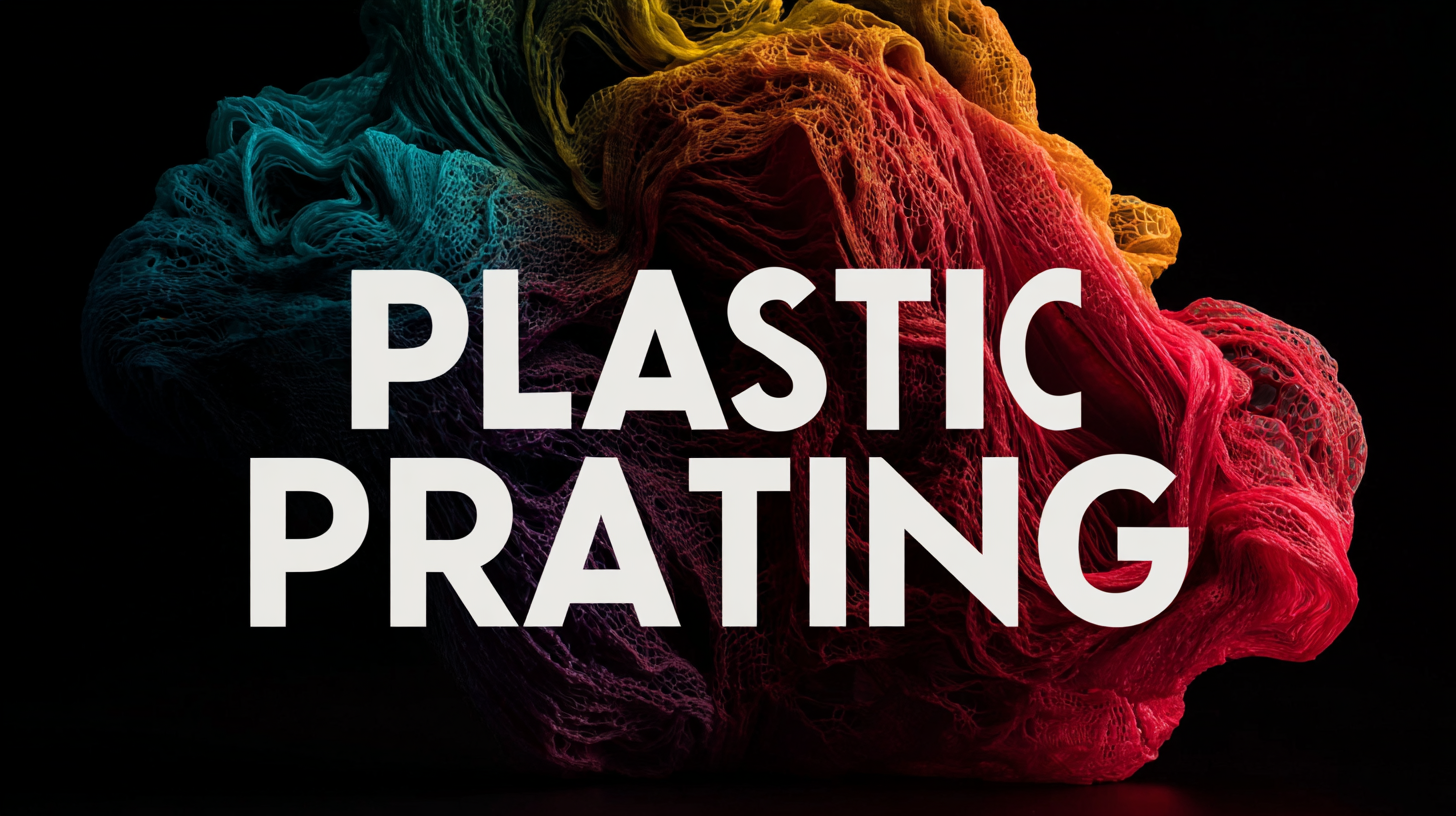- Phone:+86 15218629499
- Phone: +86 15766990063
- E-mail: Yzprinting01@163.com
In recent years, the demand for customized packaging solutions has surged, making plastic bag printing a crucial focus for manufacturers. According to a report by Smithers Pira, the global market for flexible packaging, which includes plastic bags, is expected to reach $300 billion by 2025, driven by the rise of e-commerce and environmentally conscious consumers seeking convenience.

However, with this growth comes inherent challenges—issues such as ink adhesion, environmental impact, and cost efficiency complicate the printing process. To navigate these hurdles, businesses must adopt the best plastic bag printing techniques, optimizing for quality while addressing sustainability concerns. This guide will explore effective strategies and industry applications, illustrating how mastering these techniques can enhance brand visibility and operational efficiency in an increasingly competitive market.
In the realm of packaging, the importance of quality in plastic bag printing cannot be overstated. According to a report by Smithers Pira, the global flexible packaging market, which includes plastic bags, is projected to reach $320 billion by 2024, growing at a CAGR of 4.5%. This surge highlights the increasing demand for high-quality printed plastic bags that not only enhance product visibility but also serve as a crucial branding tool. Brands that prioritize quality in their printing processes often report a 30% increase in customer retention, showcasing how effective design can influence consumer choices.
Quality in plastic bag printing involves more than just aesthetics; it encompasses durability, clarity, and eco-friendliness. A study conducted by the Flexible Packaging Association states that 63% of consumers consider sustainability when making purchase decisions. This emphasizes the need for manufacturers to invest in advanced printing technologies that adhere to sustainable practices. Utilizing high-resolution printing techniques ensures that designs remain sharp and vivid, which is vital for making an impactful impression in a crowded marketplace. Ultimately, the investment in quality printing not only enhances brand reputation but also drives sales growth, demonstrating that in the competitive landscape of retail packaging, quality significantly matters.
| Printing Technique | Advantages | Disadvantages | Best Use Cases |
|---|---|---|---|
| Flexographic Printing | High speed, cost-effective for large volumes | Limited color depth, setup costs | Food packaging, retail bags |
| Gravure Printing | Excellent quality, vibrant colors | High initial costs, slower setup | High-end retail and product bags |
| Digital Printing | Flexibility, short runs, no setup costs | Costly per unit for large volumes | Custom prints, promotional bags |
| Screen Printing | Durable prints, great for thick inks | Not suitable for detailed designs | Promotional materials, fabric bags |
In today’s competitive market, enhancing the visual appeal of plastic bags is pivotal for businesses aiming to attract customers. Innovative printing techniques such as digital printing and flexographic printing are leading the charge in transforming bland plastic carriers into eye-catching promotional tools. Digital printing allows for a quick turnaround and flexibility in design, enabling brands to experiment with vibrant colors and intricate graphics without the need for extensive pre-press setup. This technique is especially beneficial for limited runs or custom designs that require unique imagery, making it an essential option for smaller companies or niche products.
On the other hand, flexographic printing offers a fast and cost-effective solution for larger production runs. This method utilizes flexible relief plates, allowing for clear and detailed prints on a variety of substrates, including plastic bags. By leveraging advancements in ink technology, such as water-based and eco-friendly inks, brands can not only enhance the visual impact of their products but also promote sustainability—a growing concern among consumers. Merging innovative printing techniques with compelling designs not only elevates the aesthetic of plastic bags but also reinforces brand identity, making these everyday items powerful marketing assets.
When it comes to plastic bag printing, the choice of materials and methods can significantly impact both aesthetics and environmental footprint.
Eco-friendly printing materials are gaining traction as companies look to minimize their ecological impact.
Water-based inks and soy-based inks emerge as popular alternatives to traditional solvent-based prints, as they contain fewer volatile organic compounds (VOCs) and are safer for both the environment and workers.
These inks not only offer vibrant colors but also enhance the bag's recyclability, making them a smart choice for eco-conscious businesses.
Tips for selecting the right eco-friendly materials include researching suppliers committed to sustainability and investigating certifications such as FSC (Forest Stewardship Council) for paper-based options. Another important factor is to engage with printing companies that utilize sustainable practices in their operations, ensuring a comprehensive eco-friendly approach.
Additionally, consider adopting innovative printing methods like digital printing, which allows for less waste and quicker turnaround times while maintaining high-quality outputs.
This technique is often more adaptable to small runs and custom designs, making it a fantastic solution for businesses looking to present unique branding without compromising on their sustainability goals.
Remember, every small choice counts when transitioning to greener practices.
When considering plastic bag printing services, understanding the key factors influencing costs is essential for businesses looking to optimize their packaging strategies. According to a recent market research report by Smithers Pira, the global market for printed flexible packaging is expected to reach $250 billion by 2024, with plastic bags making up a significant portion of this growth.

The primary factors that affect the cost of plastic bag printing include material selection, printing technology, and order volume. High-quality materials, such as biodegradable plastics or recyclable options, can lead to increased costs due to their sourcing and production processes. Additionally, advanced printing techniques, such as flexography or rotary screen printing, offer superior quality but at a higher price point. Data from the Flexible Packaging Association (FPA) indicates that utilizing eco-friendly inks can also increase printing costs by up to 15%. Lastly, economies of scale play a crucial role; larger order quantities can significantly reduce the per-bag cost, making it essential for businesses to assess their needs in terms of volume to maximize their investment.
As the global demand for plastic packaging continues to rise, particularly in pharmaceuticals, mastering the intricacies of exporting plastic bags is essential for businesses looking to thrive in competitive markets. The Global Pharmaceutical Plastic Packaging Market is projected to reach USD 681.33 billion by 2034, growing at a CAGR of 16.39%. This explosive growth presents a prime opportunity for exporters, but navigating the complexities of varying compliance standards and market regulations can be challenging. Understanding these dynamics is crucial for success in international trade.
Moreover, recent developments in European legislation regarding plastic taxes indicate that exporters from developing nations need to adapt their strategies. Comprehensive packaging taxes are reshaping market conditions, thereby affecting pricing and trade practices. As countries seek to diversify their export products, companies must respond to these legislative changes while capitalizing on the rising demand for plastic goods. By establishing effective export strategies, businesses can overcome global economic headwinds and position themselves favorably within the expanding plastic packaging market.

